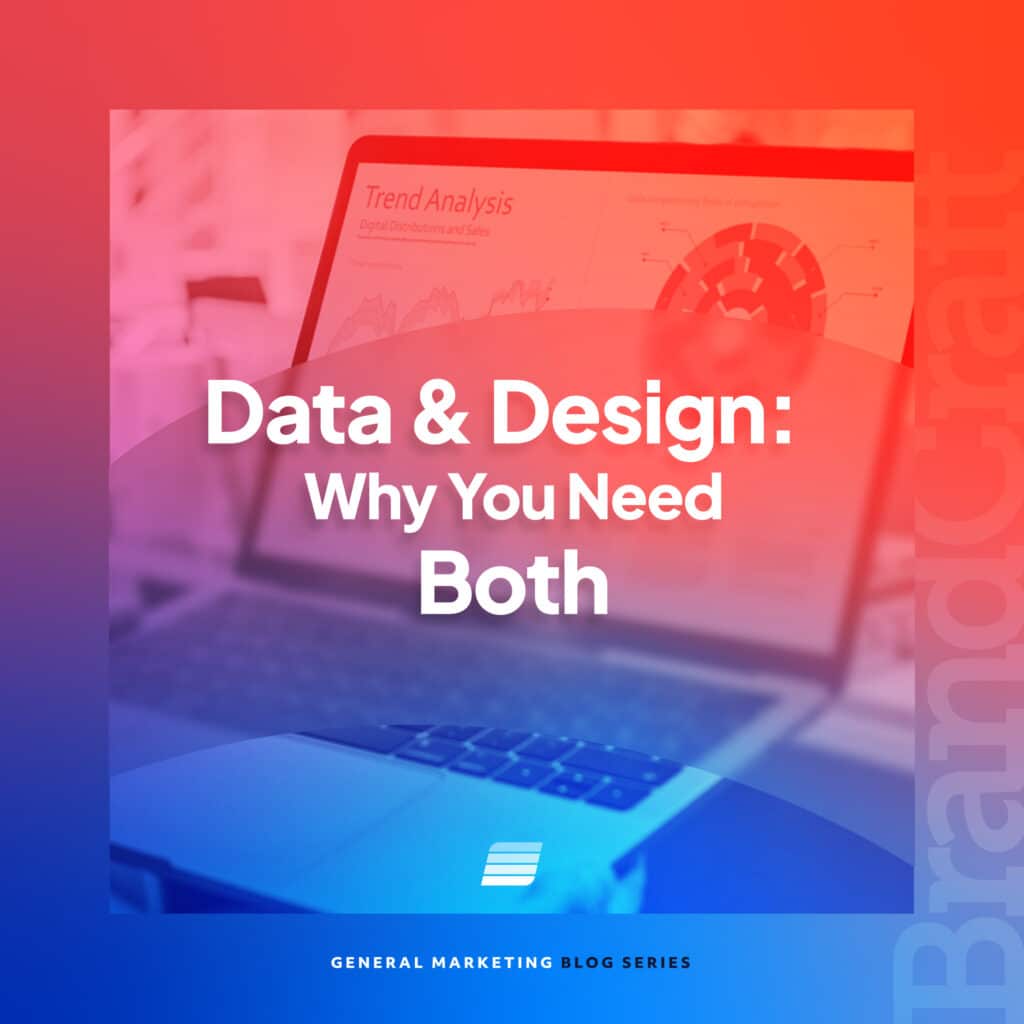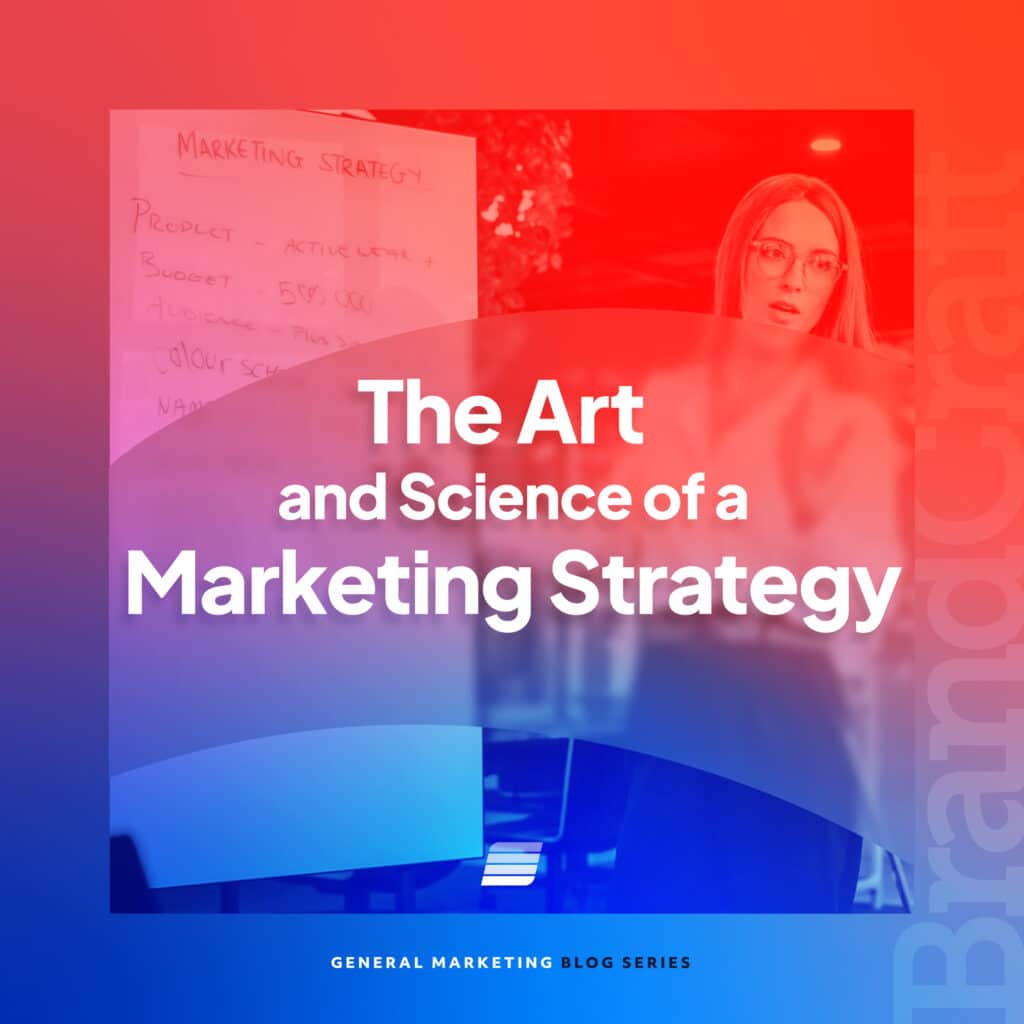A Full Customer Journey Funnel: Understanding Google and Facebook Ads’ Product Streams
November 16, 2021

Creating a full-scale, successful digital marketing strategy can seem daunting. We’ve all been there. Where do you start, and once you start, where do you go from there?
For most businesses, we recommend starting with product streams. Fair warning: if you’ve never done them before, they can be a bit tricky. The good news is that once you build the bones of your product streams, they get easier to flesh out.
Today, we’re going to take you on our digital marketing agency’s approach to creating successful product streams in both Google and Facebook, from a consumer’s first interaction through a goal conversion action for your brand.
A Customer Journey Funnel: Understanding How Google and Facebook Ads’ Product Streams Work
Below, we’ll walk you through the different phases of the customer journey funnel as they relate to Google and Facebook product streams. By following along, we hope you’ll learn a few tips and tricks to maximize your campaigns and ensure every dollar is well spent:
Acquaintances – Top-of-Funnel Campaigns
Top-of-funnel (TOF) marketing campaigns are all about awareness and reach. These campaigns are the backbone of audience building and bulking. This is likely the first time a consumer is interacting with your brand, so make it count by creating some familiarity and connection with that user.
A fundamental aspect of your funneled marketing campaign’s success includes your audience lists. As you’re setting up a new ads account, add audience creation and linking to your list. These audiences will be essential further down the funnel as you start getting more granular with your targeting efforts.
Throughout this post, we’ll give some of our best practices and tips for Google and Facebook in their respective funneled journey.
Our Digital Marketing Agency’s Approach – Google
When we’re launching TOF Google Ads campaigns, we typically focus on video or display campaigns. These types of campaigns offer a wide reach at the lowest cost.
With these campaigns, we’ll introduce consumers to the brand, encourage them to learn more about the product, and drive awareness and website visits to funnel them into our retargeting audiences for later use.
If your business is selling e-commerce products, we encourage you to use Google’s standard shopping ads. Shopping ads are great to get your products in front of consumers who are in-market for similar products.
When starting out your shopping ads, make sure to collect dynamic remarketing information to utilize in future campaigns. Your dynamic remarketing tag should collect relevant product information. This will help with future remarketing, such as the item ID and value.
Allow these campaigns to run and collect data while keeping an eye on ad placements. Negate any websites, YouTube channels, or search queries that seem spammy or don’t align with your business.
Our Digital Marketing Agency’s Approach – Facebook
Similar to Google’s approach, this phase is all about building retargeting lists. This is for use down the line when it comes to Facebook product streams. We want to make sure that we have broad audience targeting to capture those who have never heard of our brand. Which will help them learn more about us and get familiarized.
While we want our audiences to remain broad, we also want to have some level of targeting to avoid wasting ad spend on a large mass of users who don’t relate to the product.
A few ways to do this are by creating saved audiences. This is where you target users based on demographics, interests, location, life events, etc. You can also target look-alike audiences of previous converters.
By using this audience type, Facebook will look at patterns from previous customers and target new users. These users will exhibit similar traits that show that they are likely to benefit from your product.
As for ad type for TOF campaigns in Facebook and Instagram, we prefer video and image ads. This usually spikes some curiosity and inform users what and who we are. This is a great opportunity to highlight key benefits of your product, what sets you apart, and how your product can solve annoyances in the consumer’s life.
Keeping it Casual – Mid Funnel
Now that you’ve gone through the introduction phase, it’s time to target those who are starting to show interest in your product or service.
The mid-funnel strategy (also called middle-of-the-funnel or MOF strategy) should be focused on targeting people who are in that research and consideration phase of their journey. Particularly for your product, and on people who have already been exposed to your brand before. Keep this in mind when creating campaign targeting.
Continuing Google’s Journey
Google’s search ads are a great avenue for MOF targeting. When consumers are searching on Google for a product or service, they’re looking for a solution.
The key to successful middle and lower funnel targeting in search ads is keeping your ad spend away from informational and branded searches (leave that to SEO). When setting up targeted keywords, choose keywords that show intent to buy or convert.
For example, a bankruptcy attorney would want to use keywords like “bankruptcy attorney near me” or “hire a bankruptcy attorney” rather than “what is bankruptcy” “should I file for bankruptcy” etc.
You’ll still likely see those types of searches. Depending on keyword match-type don’t be afraid to utilize negative keywords and negate any search terms that seem irrelevant or low yielding.
This part of the journey is also a great time to re-engage those who have interacted with your previous ads or website. Launch a retargeting display campaign that targets those audiences that you’ve been building, such as website visitors and video ad viewers.
Remind consumers of your product or service, and make sure to focus on the key features and benefits so that they get a better understanding of what you have to offer. This is also a great time to highlight interest forms, downloadable content, email subscriptions, etc. for lead generation. (Need help creating successful Google product streams? Contact BrandCraft today.)
Continuing Facebook’s Journey
We’ll continue to take a similar route for our Google counterpart as we enter the MOF. By targeting people who have engaged with our business before and who are in the consideration phase of the sales funnel.
This can be taking action on our previous ads, watching a certain percentage of video ads, interacting with our Facebook page, or taking action on our website. At this stage, we’re focusing on driving traffic to the website, generating leads, and driving engagement.
We’re no longer just looking for people to be aware of who we are. We want them to start taking action. During the MOF, we tend to keep ad types simple with standard image ads, catalog shopping ads, or instant experiences.
The messaging on these is less about brand introductions and more about gathering lead information or driving people to product pages in exchange for something of value to them. This could include a discount, downloadable content (case study, guides, etc.), giveaways, or even a product demo.
Did We Just Become Friends? – Bottom of the Funnel
You’ve done the audience building, put your brand in front of those interested in the products and services you have to offer. What’s next? It’s time to hit your highest intent audiences hard by creating a sense of urgency to act.
Try enticing consumers who have already shown interest in your product or service with an exclusive promotion. This also plays into that sense of urgency, as we all know that most special offers don’t last long.
Sealing the Deal – Google
All of the audience gathering has led to this stage of the product cycle. While some standard search campaigns are very high intent and considered bottom of the funnel (or BOF) based on in-market audiences and user intent, we want to focus this BOF on retargeting.
Retarget those who have interacted with your brand. Bring more value to the table for them with a special offer that they haven’t seen before. Not only are you giving a little back to those who have been on the verge of converting, but you’re also giving them even more reasons to take the plunge.
For those who have the ability to utilize dynamic remarketing, this is the time to use it. To get a better understanding of how dynamic remarketing works, let’s use an online retailer as an example.
You’ve been running shopping ads for some time now, and you’ve been collecting audience data based on consumers who have viewed product pages, abandoned the cart, etc. With the dynamic remarketing tag installed correctly, you can show consumers display ads across Google’s Display Network of the same products that they were looking at and close to purchasing.
These are already targeted specifically to the end user based on their interaction on the website. Layer a special deal of 15 percent off on top of that product, and you’ll find those on the verge of completing the purchase.
Sealing the Deal – Facebook
At this stage, consumers are aware of your brand and have shown an interest by engaging with your brand previously. It’s time to focus solely on remarketing audiences. As we want users who are the most likely to transition into paying customers.
We can target website visitors, cart abandoners, product page viewers, and even those who have engaged with a Google Ad. (This can be done vice versa in Google, targeting those who have landed on your webpage via Facebook ads.)
The strategy remains in line with Google, creating the most sense of urgency, resolving underlying hesitations, and giving consumers even more reason to convert. For example, if you don’t provide free shipping, now is a great time to highlight a free shipping offer to those at this stage of the funnel. These ads should also provide a different promotion or messaging from the previous ad stages.
Facebook also offers dynamic product ads, which act similarly to Google Ads in that they will show users products that they have already shown an interest in. This is highly effective because you know that people are interested. Now’s the time to add in a special offer that will make it hard to refuse.
Conclusion
Having a fully funneled marketing strategy allows you to offer consumers a more personalized and comprehensive experience as they flow through the sales funnel. Those in each stage of the customer journey funnel have different needs from your business, and therefore, it’s important for messaging and targeting to reflect that.
Always keep your intended audience in mind when creating campaign goals, messaging, and targeting to set your digital marketing efforts up for the highest level of success.
Are you ready to create a fully funneled digital marketing strategy? BrandCraft is here to help. Contact our digital marketing team today to help grow your online sales and lead generation.







